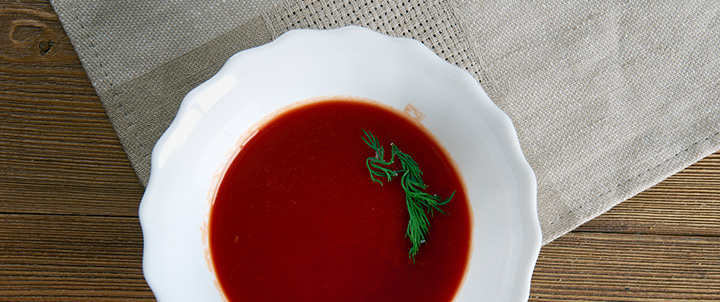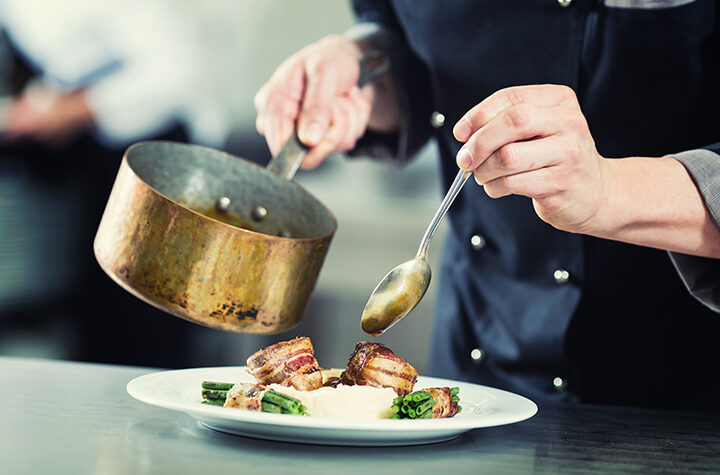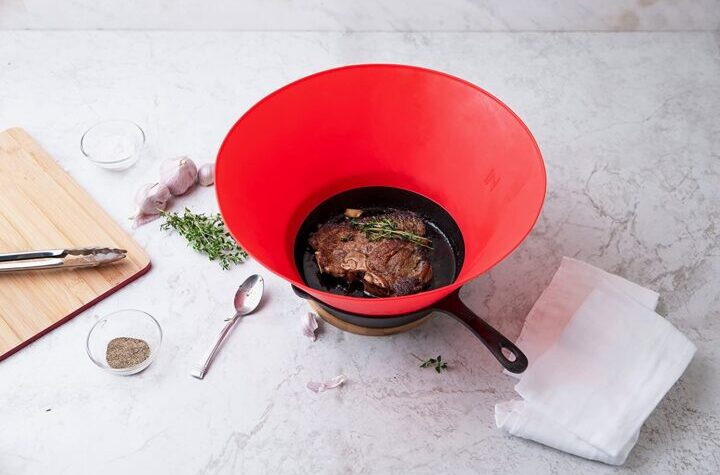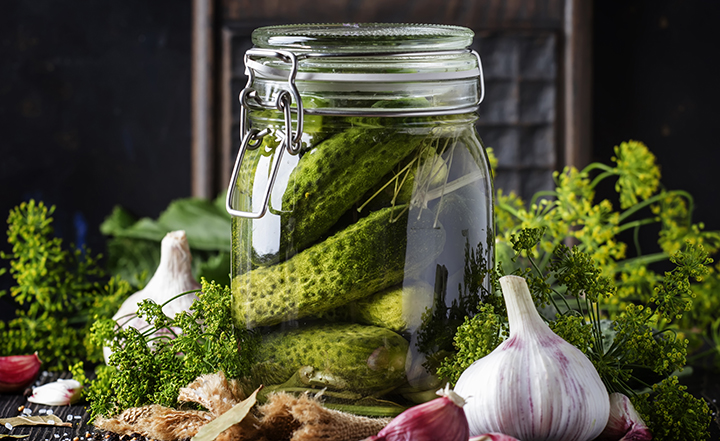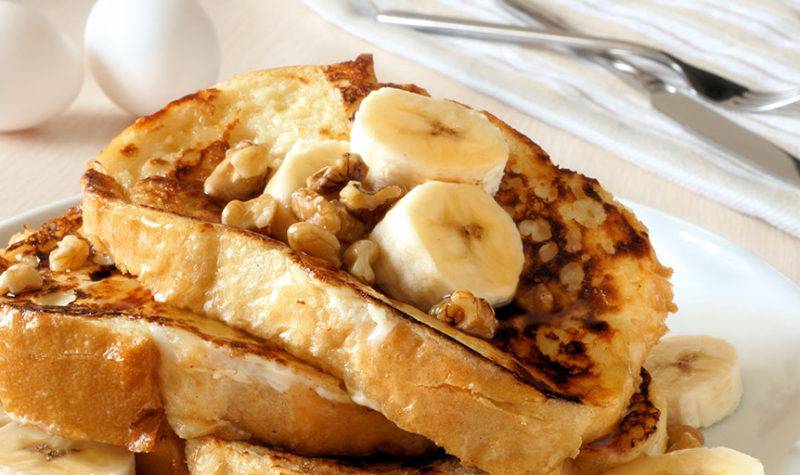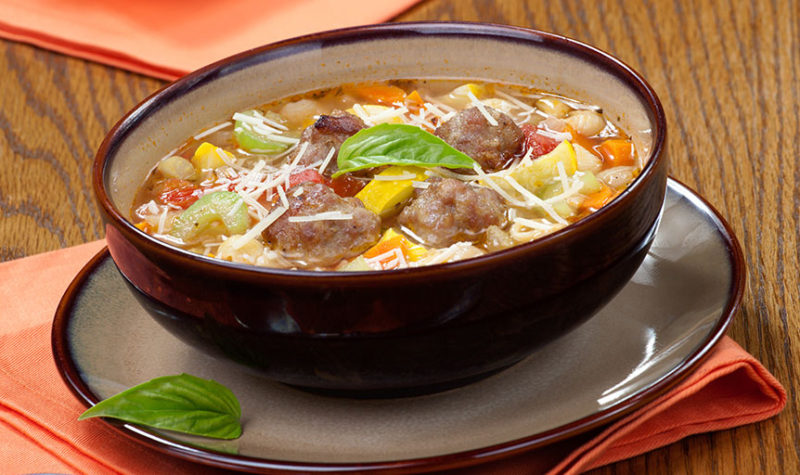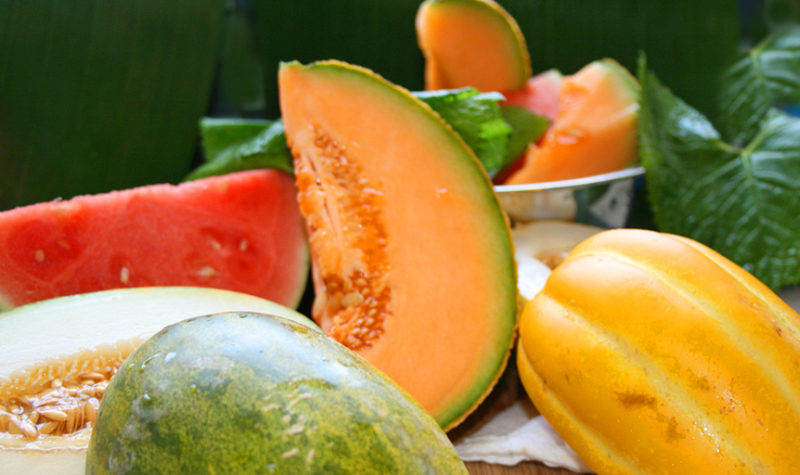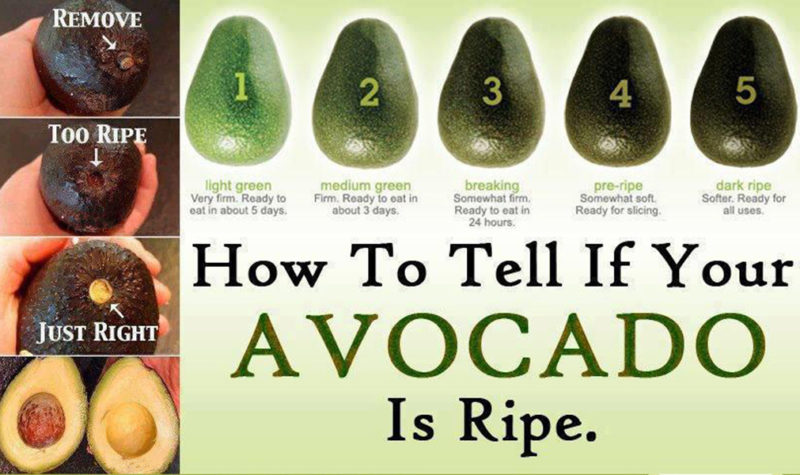Espagnole Sauce, A French Tradition
Espagnole Sauce uses a brown stock such as beef, veal, lamb or duck and is thickened with a brown roux. It is a basic brown stock base from which other brown sauces are created. Espagnole is flavored with aromatics, savory herbs, or tomato paste. These sauces are commonly served with roasted meats, such as lamb, beef, duck or veal.
Demi-glace
Demi-glace is traditionally made by combining one part Espagnole sauce and one part brown stock. The sauce is then reduced by half, strained of any left over impurities and finished with a sherry wine.
Bordelaise Sauce
Bordelaise sauce is a classic French sauce named after the Bordeaux region of France. The sauce is made with dry red wine, bone marrow, butter, shallots and demi-glace. Traditionally, bordelaise sauces are served with grilled beef or steak, though it can also be served with other meats that pair well with brown sauces, such ad duck or lamb.
Diable Sauce
Diable sauce is a basic espagnole sauce with the addition of wine, vinegar, shallots and red or black pepper. It’s usually served with broiled meat or poultry.
Lyonnaise
Lyonnaise is a compound sauce made of demi-glace, white wine, vinegar and onions served with small cuts of meat. It is mainly used for left-overs.
Madeira sauce
Madeira sauce is a savory French sauce defined as a demi-glace sauce and used Madeira wine. The sauce is made by sautéeing in butter shallots and mushrooms, then adding peppercorns, bay leaves, thyme, and the wine until it is reduced. Demi-glace is then added to the combination, which is whisked until blende. This sauce is an ideal choice for roasts, steaks, and chicken. It is the sauce most often served with beef Wellington.
Perigueux Sauce
Perigueux is a rich brown sauce flavored with black truffles and Madeira. The sauce, goes with a variety of dishes including meat, game, poultry and eggs. It is named after Perigueux, a city in the Pierigord region in southern France. It is a region most noted for its truffles.
Piquante Sauce
Piquante is a tangy and slightly acidic sauce, perfect for cutting through the rich, smoky flavors of grilled beef, pork, lamb, or vegetables.
Poivrade Sauce
Poivrade sometimes called sauce au poivre, is a peppery sauce. It is made of a cooked mirepoix thickened with flour and moistened with wine and a little vinegar, then heavily seasoned with black pepper. It uses Espagnole sauce as a base to thicken the sauce.
Robert Sauce
Robert is a brown mustard sauce derived from the classic French demi-glace, which in turn is derived from Espagnole sauce. Sauce Robert is made from chopped onions cooked in butter without color, a reduction of white wine, pepper, an addition of demi-glace and is finished with mustard. It well suited for pork, especially grilled pork.
Veloute Sauce
Bechamel Sauce
Hollandaise Sauce (and red sauce)

